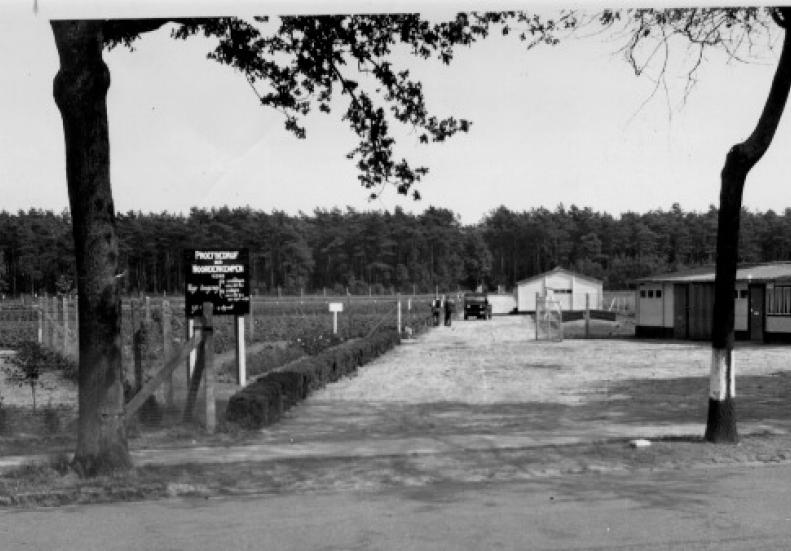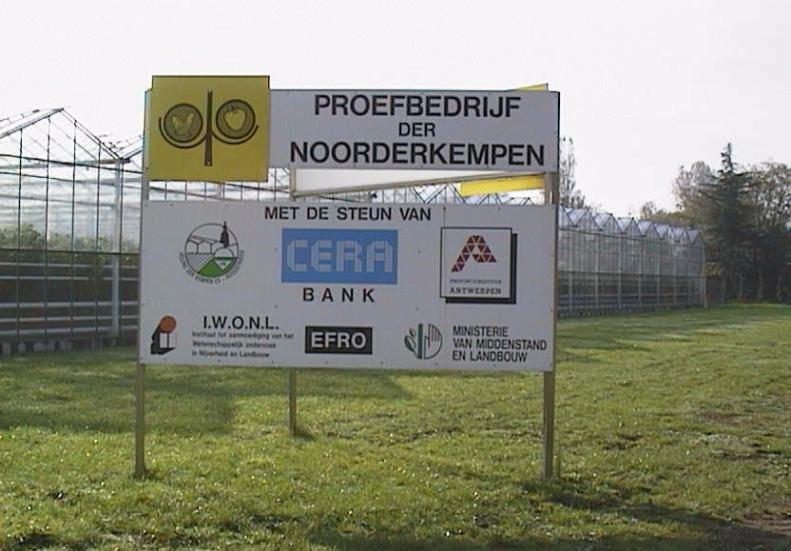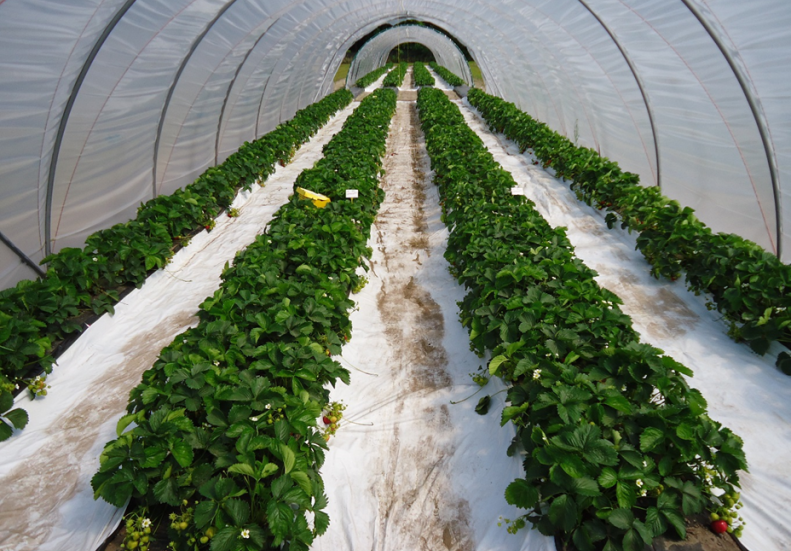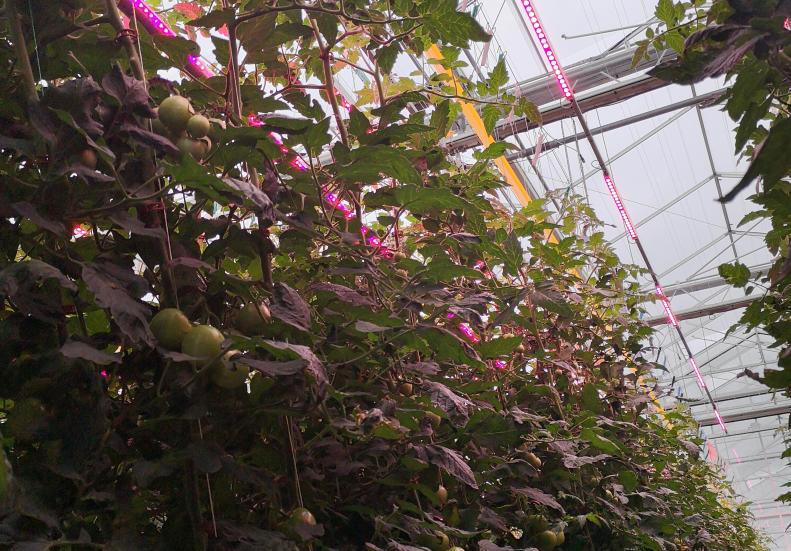The deed of foundation for the 'Proefbedrijf der Noorderkempen vzw' was signed on 3 March 1955 out of a need for practical research for the expansion and development of horticulture in the region. On 24 June 1956, the first small buildings were officially inaugurated, on land made available in a long lease by Mr. Stas de Richelle.
In 1963, the first greenhouse complex was built and ten years later these greenhouses were expanded. At that time, strawberry cultivation in all its forms of cultivation received a lot of attention, but soft fruit research was also strongly represented (blackberries, raspberries, blueberries, blackcurrants, redcurrants,...). Gherkin cultivation was also booming and, together with strawberry cultivation, formed the main crop on the farms, and consequently also at the trial centre.


From 1967, scientific research made its appearance by establishing a subsection of the Strawberry Research Committee (Section II - I.W.O.N.L.). This research provided an additional dimension within ongoing research that allowed numerous problems in various crops to be addressed in a more fundamental way. The basic research objective came from the Ministry of Agriculture, Agricultural and Horticultural Service.
During the 1970s and 1980s, the greenhouse infrastructure was further developed and plastic tunnels also made their appearance. The administration building was extended so that lecture series and study evenings could be held for a larger audience.
In 1991, the experimental centre was totally renovated. The existing greenhouses and administration building were replaced by modern infrastructure and adapted to the requirements of research. At that time, the main focus of research was on the cultivation of strawberries in all its forms of cultivation, the cultivation of tomatoes and the cultivation of gherkins under glass and outdoors. To a lesser extent, the focus was on the cultivation of raspberries, redcurrants and forcing asparagus. Gradually, it was observed that farms started specialising further in growing strawberries or greenhouse vegetables. As a result, the small fruit at the trial centre had to give way to more specific research the spearhead crops of strawberries, tomatoes and peppers. This period also saw the start of contractual education in strawberry cultivation.


From 2003, the scientific research is carried out in cooperation with IWT. From then on, the operation and financing of the field centres falls entirely under the auspices of the Flemish Government, more specifically the ADLO (Sustainable Agricultural Development Agency). Increasingly, research at the pilot centre is also project-driven. In 2005, the name changed from 'Proefbedrijf der Noorderkempen vzw' to the current name 'Proefcentrum Hoogstraten vzw'.
Due to the success within the project-based research, also internationally, the staffing at Research Centre Hoogstraten has strongly increased over the last decade. A triptych of investments were carried out. The first part included the expansion of the administrative building (2010). The renovation of 1.5 ha of greenhouse complex was finalised in 2011. The investment dossier was finalised in 2015 with the installation of a CHP and the expansion of winter crops under assimilation lighting in strawberry, tomato and sweet pepper. In addition, Research Centre Hoogstraten was able to buy off the ground lease on 16 December 2014, which means the centre now owns the land itself.
With increasing attention to water availability and water quality, Research Centre Hoogstraten decided to build a new tray field for strawberry plant propagation in 2018. Drainage water from the tray field is collected in a first flush system to be reused on the field after disinfection. An additional rainwater basin was also constructed in 2021 to be self-sufficient in terms of water availability.
A lot of investments in ICT and data collection were also made over the years. The entire registration system for productions of all our trial plots was renewed in 2020, and linked to a sorting machine for fruiting vegetables. For strawberries, a specific sorting machine was developed to optimise our harvest registrations within the research.
By carrying out permanent investments with the help of the Flemish Government, Coöperatie Hoogstraten and their growers, and the province, the Research Centre Hoogstraten succeeded in building a state-of-the-art research institute to carry out qualitative practice-oriented research for the benefit of the growers.
